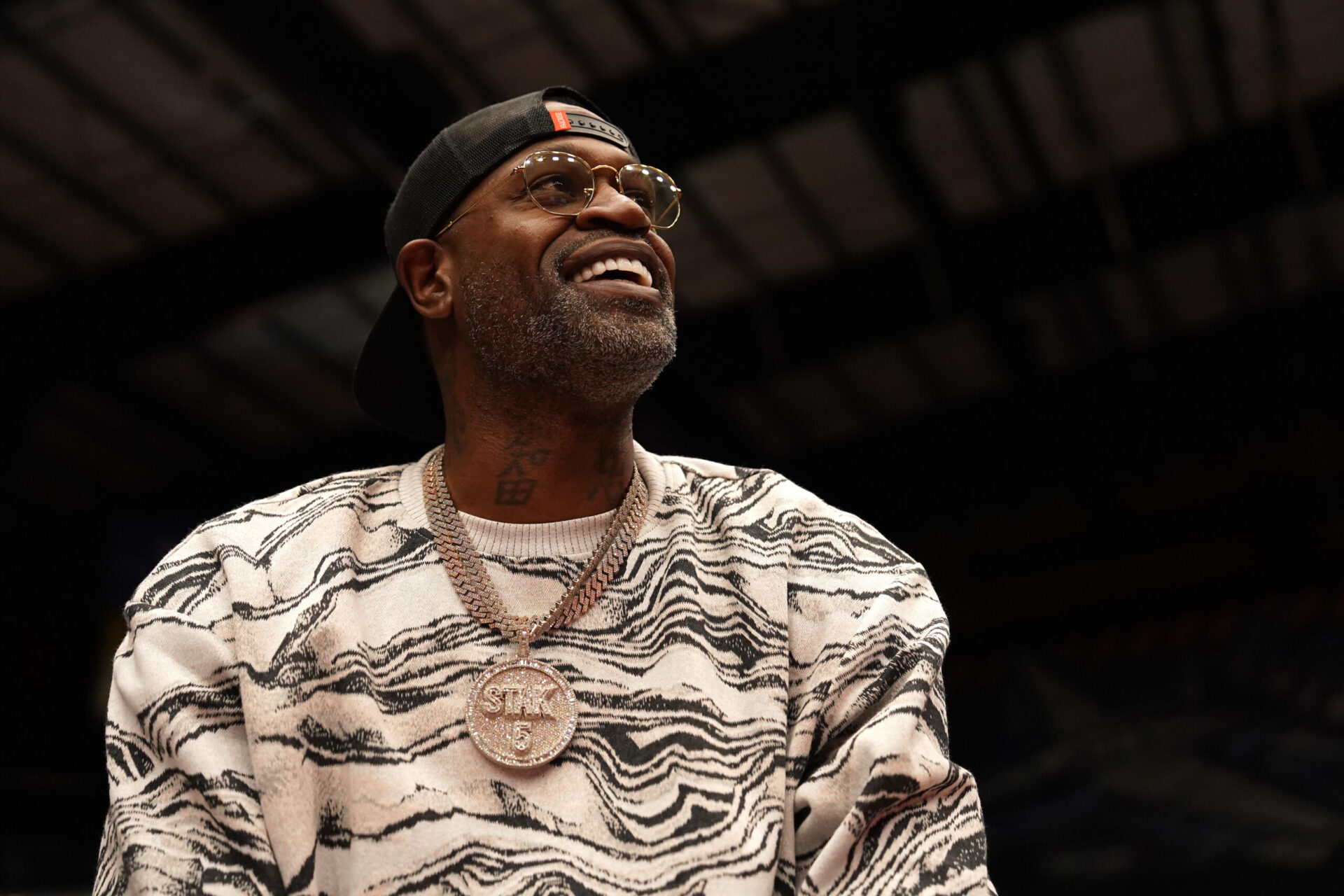The angst of millions of voices has finally broken free from its status quo shackles.
The nationwide protests in the wake of the deaths of George Floyd, Ahmaud Arbery, and Breonna Taylor have revealed a generational shift for people of color and allies. Lethargy has been replaced with action, however, when you look to the past you realize that what has happened is a bookend to an earlier genocide.
On May 31st, 1921, white angst at the then most successful community of color, dubbed “Black Wall Street” in Tulsa, Oklahoma, boiled over.
A white mob attacked residents of the Greenwood section of Tulsa. Homes and businesses, in the predominantly melanated neighborhood of Greenwood in Tulsa, were torched. Families were murdered en masse in an event that remains one of the worst incidents of racial violence in U.S. history.
Ironically, although the tragic genocide is one of the worst in America’s history, at the time it was also one of the least-known. News reports of the day were largely squelched, despite the fact that hundreds of people were killed and thousands left homeless.
We understand now that the media was used as a strategy to hide the atrocities that subjugated certain members of society. It’s the systematic racism part that is constantly rearing its unwanted head.
Unfortunately for that generation, their progeny have grown up to be full-time connoisseurs of the culture. Now they can’t rationalize how the same group of people that are responsible for their enjoyment.
Circumstances
In much of the country, the years following World War I saw a spike in racial tensions, including the resurgence of the white supremacist group the Ku Klux Klan, numerous lynchings and other acts of racially motivated violence, as well as efforts by African Americans to prevent such attacks on their communities.
By 1921, fueled by oil money, Tulsa was a growing, prosperous city with a population of more than 100,000 people. But crime rates were high, and vigilante justice wasn’t uncommon: In August 1920, a white mob took a white teenager accused of murdering a taxi driver from his jail cell at the courthouse and lynched him; newspaper reports claimed the police did little to prevent the lynching.
Tulsa was also a highly segregated city: Most of the city’s 10,000 black residents lived in a neighborhood called Greenwood, which included a thriving business district sometimes referred to as the “Black Wall Street.”
The Set-Up
On May 30, 1921, a young black teenager named Dick Rowland entered an elevator at the Drexel Building, an office building on South Main Street. At some point after that, the young white elevator operator, Sarah Page, screamed; Rowland fled the scene. The police were called, and the next morning they arrested Rowland.
By that time, rumors of what supposedly happened on that elevator had circulated through the city’s white community. A front-page story in the Tulsa Tribune that afternoon reported that police had arrested Rowland for sexually assaulting Page.
As evening fell, an angry white mob was gathering outside the courthouse, demanding the sheriff hand over Rowland. Sheriff Willard McCullough refused, and his men barricaded the top floor to protect the black teenager.
Around 9 p.m., a group of about 25 armed black men—including many World War I veterans—went to the courthouse to offer help guarding Rowland. After the sheriff turned them away, some of the white mob tried unsuccessfully to break into the National Guard armory nearby.
With rumors still flying of a possible lynching, a group of around 75 armed blacks returned to the courthouse shortly after 10 pm, where they were met by some 1,500 whites, some of whom also carried weapons.
Protests 2020
Today marks the 100th anniversary of the Tulsa Race Riot. It was the start of white America showing how much it resents the achievement of people of color.
There was a show on HBO called Watchmen that was a video version of the popular graphic novel. It was set in an alternate history where masked white supremacist vigilantes are treated as outlaws. African-Americans receive a reparations dividend and have a government agency set up as a watchdog.
Watchmen embraces the nostalgia of the original groundbreaking graphic novel of the same name while attempting to break new ground of its own. That ground is the racial barriers that exist in America and how it creates a toxic culture.
With the protests of 2020 in full swing, America has to look itself in the face and discover that they taught people of color how to make change. With violence.



